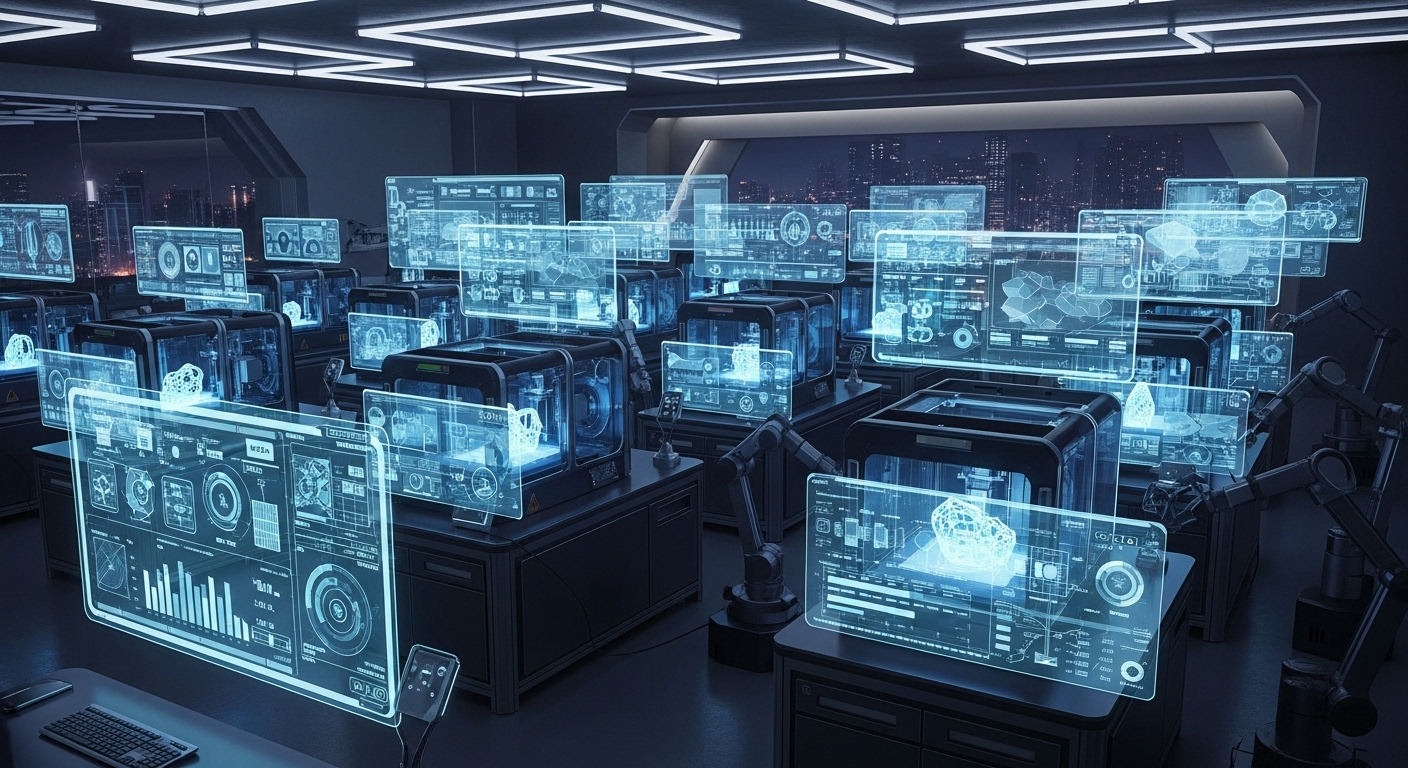Imagine a world where products are made only when and where they’re needed—no excess inventory, no global delays, and full control over customization. Thanks to 3D printing, this is not just possible—it’s becoming the new norm. On-demand production is poised to disrupt how we manufacture and distribute goods across nearly every industry.
What Is On-Demand Production?
On-demand production refers to the practice of manufacturing items only after an order is placed, rather than producing large quantities in advance. This approach minimizes inventory waste, reduces upfront investment, and improves responsiveness to market changes.
How 3D Printing Makes On-Demand Possible
Traditional production models rely on mass production and global distribution networks. In contrast, 3D printing allows businesses to digitize inventory, print items as needed, and localize production to meet real-time demand.
Core Enablers:
- 📦 Digital Inventories: STL or 3MF files stored in cloud systems, ready to be printed at any time
- ⚙️ Flexible Tooling: No need to retool or reset machinery—just change the file and print
- 🏭 Decentralized Manufacturing: Multiple locations can produce the same part on demand
- 🔁 Rapid Iteration: Easily update products and versions without scrapping existing stock
Benefits of On-Demand 3D Printing
✅ Reduced Inventory Costs
No need to store thousands of SKUs or guess demand far in advance.
✅ Lower Environmental Impact
Less overproduction means fewer discarded items and a more sustainable process.
✅ Shorter Lead Times
Products can go from design to delivery in days, not weeks or months.
✅ Mass Customization
Easily adjust each item to suit a customer’s preferences—ideal for wearables, devices, or branded merchandise.
Industries Adopting On-Demand 3D Printing
- Healthcare: Patient-specific implants, dental appliances, and surgical models
- Fashion & Accessories: Made-to-order shoes, eyewear, and jewelry
- Automotive: Rare part reproduction and custom interior components
- Consumer Electronics: Personalized enclosures, stands, and ergonomic add-ons
Challenges to Widespread Adoption
- Speed and Volume: While ideal for low- to medium-batch production, 3D printing is still slower than injection molding at large scale.
- Quality Assurance: Maintaining consistent output across multiple print locations requires robust standards and validation.
- Cost Per Part: Materials and machine time can be more expensive compared to high-volume manufacturing—but the trade-off often lies in flexibility and waste reduction.


